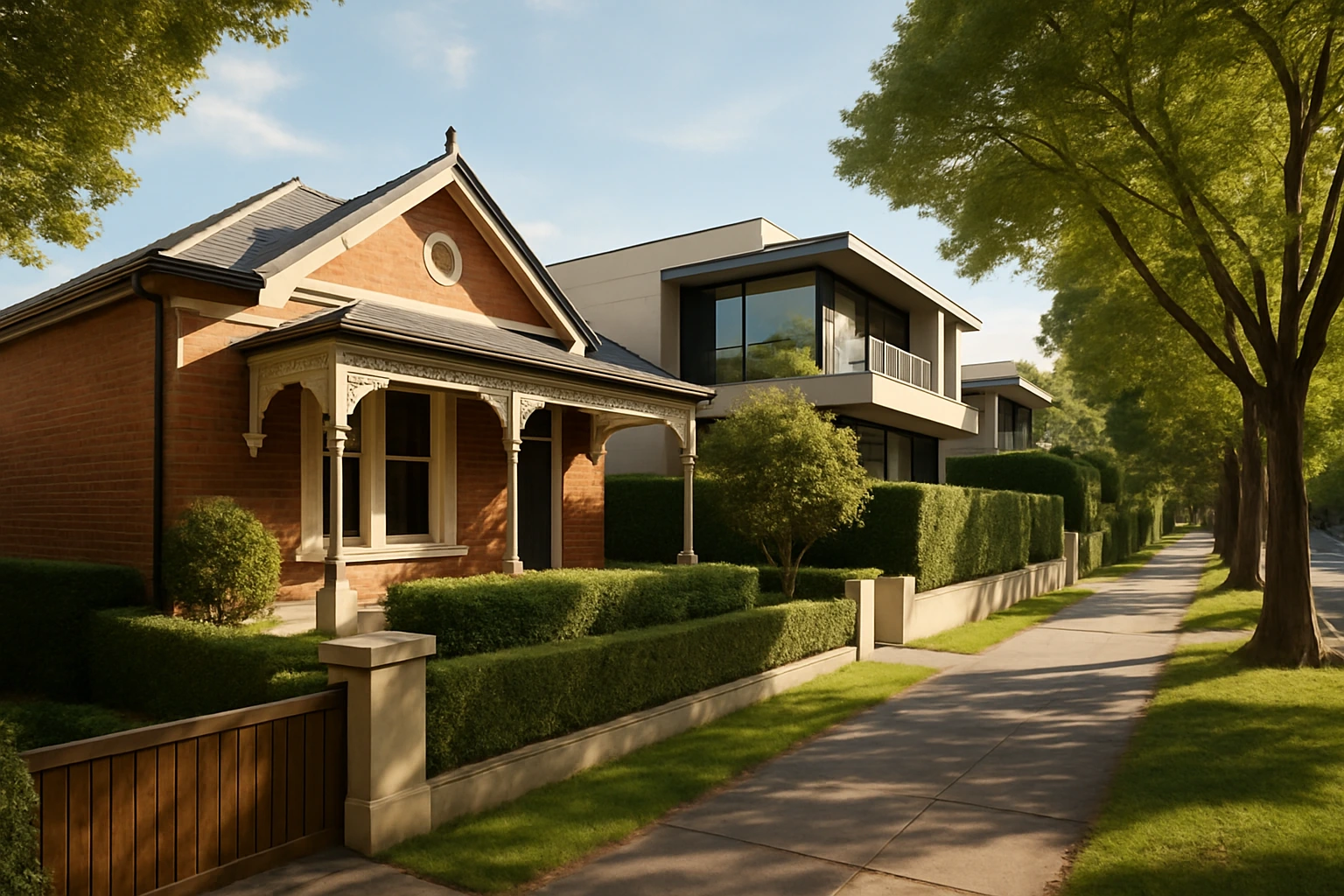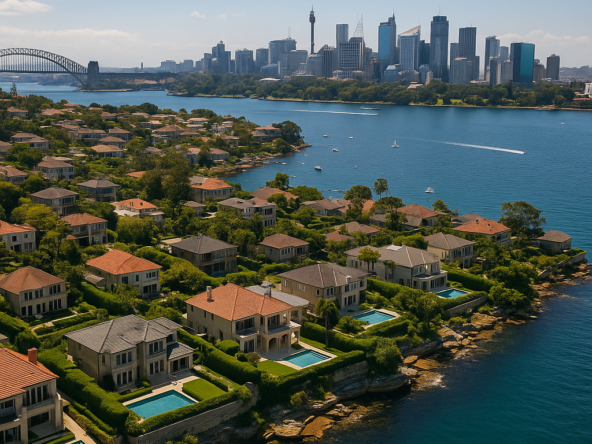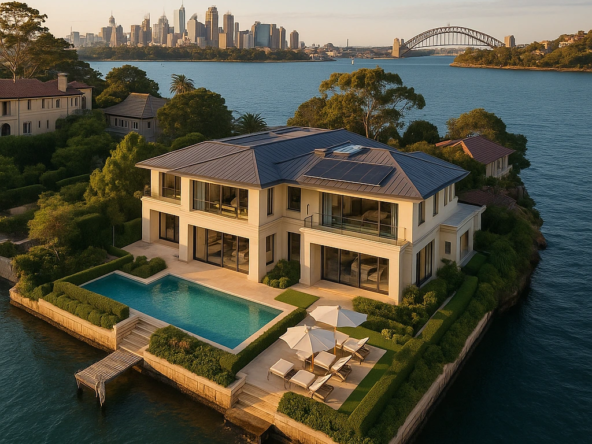Australian home values have risen for the third consecutive month, according to the latest data from Cotality (formerly CoreLogic). April saw a modest national increase of 0.3%, pushing the property index to a record high. Despite these gains, affordability issues and uncertain consumer sentiment continue to influence the market.
Post-Election Expectations
Experts like REA Group’s Anne Flaherty predict stronger property price growth after the election, particularly if promised incentives for first-home buyers and interest rate cuts materialize. Already, inner Sydney suburbs, such as the Inner West and Inner Southwest, have experienced quarterly growth rates of up to 2.6%, demonstrating pockets of strong local demand.
Interest Rate Outlook and Market Response
Pre-election caution is further contributing to market hesitancy. Sydney’s median property value reached $1.118 million in April, up just 0.1%, reflecting cautious buyer sentiment as Australians await election outcomes.
Many economists anticipate a Reserve Bank of Australia (RBA) interest rate cut in May, which could stimulate buyer activity by making borrowing cheaper. Lenders, including Macquarie, have already begun reducing fixed mortgage rates in anticipation, sparking increased competition among banks.
However, even with competitive fixed rates around 5.19%, buyers appear hesitant, awaiting clearer signals from both domestic policy changes and international economic stability.
Regional and Capital City Performance
Market performance remains varied across Australia. Brisbane, Adelaide, and Perth remain the strongest markets, each recording annual growth between 7.8% and 10%. Conversely, Sydney and Melbourne lag behind:
- Sydney: Annual growth of just 0.9%, with a modest 0.2% increase in April.
- Melbourne: Annual decline of 2.2%, though a slight monthly gain of 0.2% in April.
Interestingly, Hobart and Darwin performed notably well in April, showing increases of 0.9% and 1.1%, respectively.
Factors Slowing Market Momentum
Although property prices are hitting new highs, the pace of growth is slowing. Several key factors are responsible for this:
- Economic uncertainty and global instability, notably due to recent U.S. tariff actions.
- High interest rates and persistent affordability concerns.
- A significant housing supply shortage, estimated at between 200,000–300,000 dwellings nationwide.
AMP’s economist, Dr. Shane Oliver, highlights that this undersupply continues to underpin property values despite broader economic pressures.
Navigating the Market
The Australian property market remains robust yet cautious. Buyers and investors face a complex environment shaped by election outcomes, economic policy expectations, and the ongoing affordability challenge.
For those seeking strategic guidance, Rodney McLoughlin’s expertise provides invaluable support, helping clients to make well-informed property decisions amid current market dynamics.
Real Estate Newsletter
This article is a curated summary of various news stories from the past week, offering insights and updates on the real estate market. 2 May 2025
Rodney McLoughlin is a trusted real estate professional with deep insights into the Australian property market. For personalized advice and market expertise, reach out to Rodney today.




